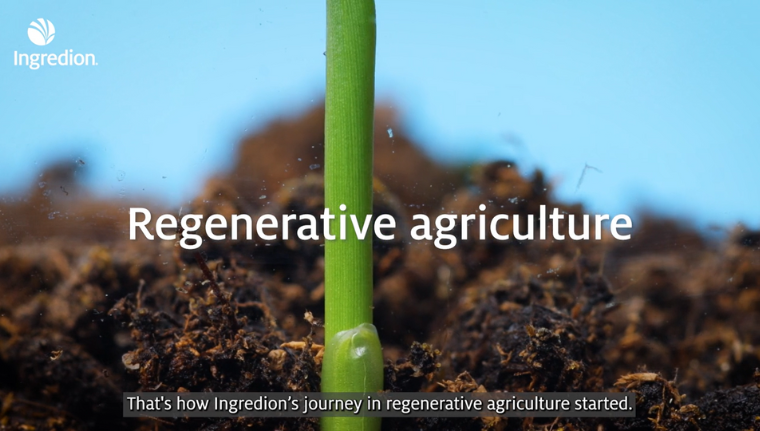
Regenerative Agriculture
Ingredion is your partner in measurable sustainability solutions
With increasing pressure from consumers, regulators and investors, food and beverage companies are continually seeking partners who can demonstrate measurable progress towards their sustainability goals and metrics.
This is why we are committed to advancing our regenerative agriculture practices. By 2025, 99% of our crops will be sustainably sourced, and we aim to have at least one-third of our global sourcing under regenerative agriculture practices by 2030.
Additionally, we leverage resources such as the Sustainable Agriculture Initiative (SAI) Platform’s Farm Sustainability Assessment, HowGood and SEDEX, which are at the forefront of identifying innovation and thought leadership in sustainability.
What is regenerative agriculture?
Regenerative agriculture is a term commonly used to refer to a set of nature-based solutions promoting soil health. Sometimes referred to as conservation agriculture, the focus of regenerative ag is on removing carbon from the atmosphere and putting it back into the soil. Regenerative agriculture systems also focus on increasing biodiversity, improving the water cycle and boosting the fertility of the topsoil.
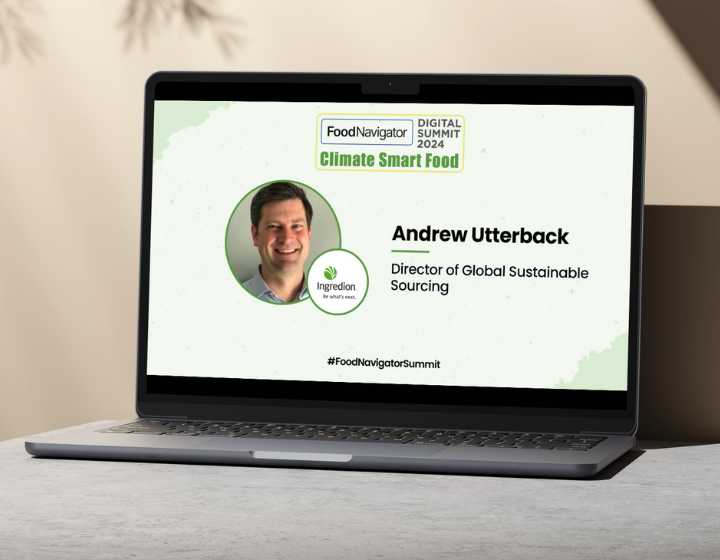
Cultivating sustainability
Ingredion sustainability expert Andrew Utterback discusses the fundamentals of regenerative agriculture and shares insights into its impacts, challenges and successful implementation. In this presentation, viewers will:
- Explore the dynamic trends in modern regenerative ag practices
- Understand the value and opportunities regenerative ag provides for manufacturers and consumers
- Take a closer look at regenerative ag programs and the importance of certification and transparency
Regenerative agriculture promotes a broad range of positive impacts and is a progressive step on the sustainability journey
Traditional agricultural practices, such as fertilizer production, running tractors and tilling land, account for almost one-quarter of all human-induced greenhouse gas emissions (GHG).4 Regenerative agriculture can replenish, restore and reuse soil resources to create a positive environmental impact.
Regenerative practices work together to mitigate the impact of erosion, droughts, floods and other extreme weather while reducing net greenhouse gas emissions. Common practices include:
Regenerative agriculture activities
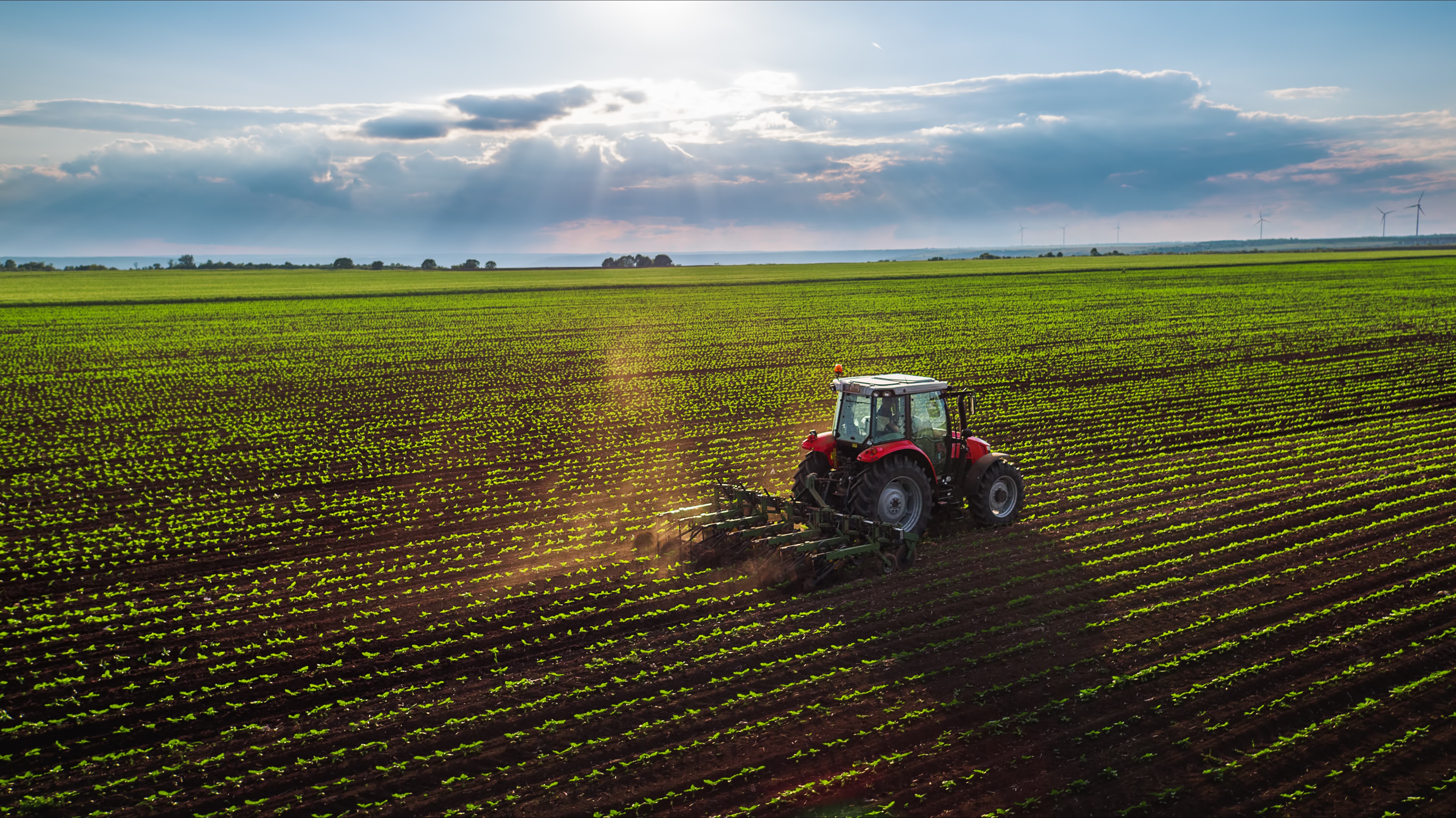
Tillage
- Includes mechanized agitation – stirring, digging, and overturning
- Tillage releases water and carbon from the soil
- No tillage sequesters carbon and water, thereby improving soil health
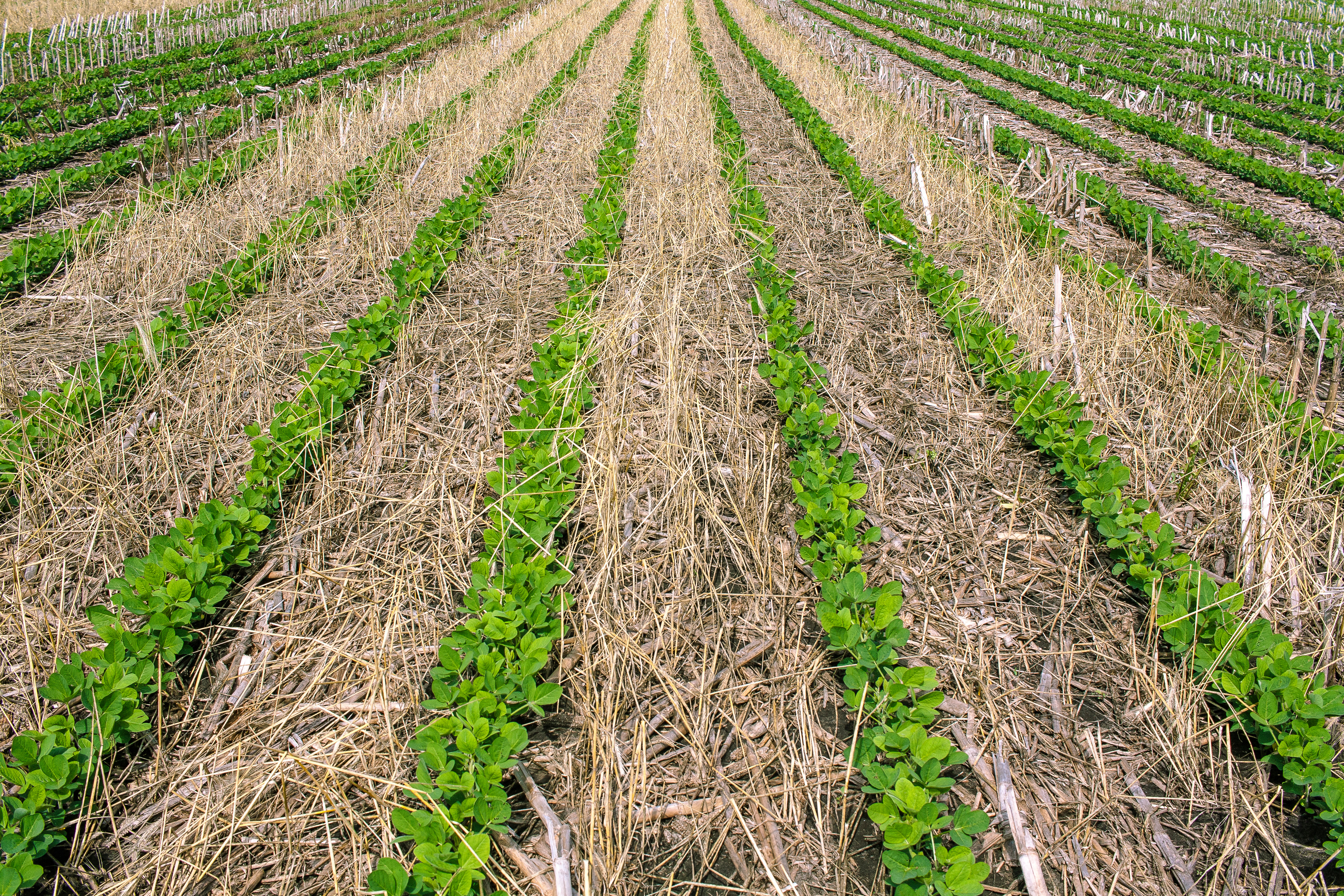
Cover cropping
- Slowing erosion due to wind and rain
- Improving soil health
- Breaking up soil compaction
- Enhancing water availability
- Smothering weeds
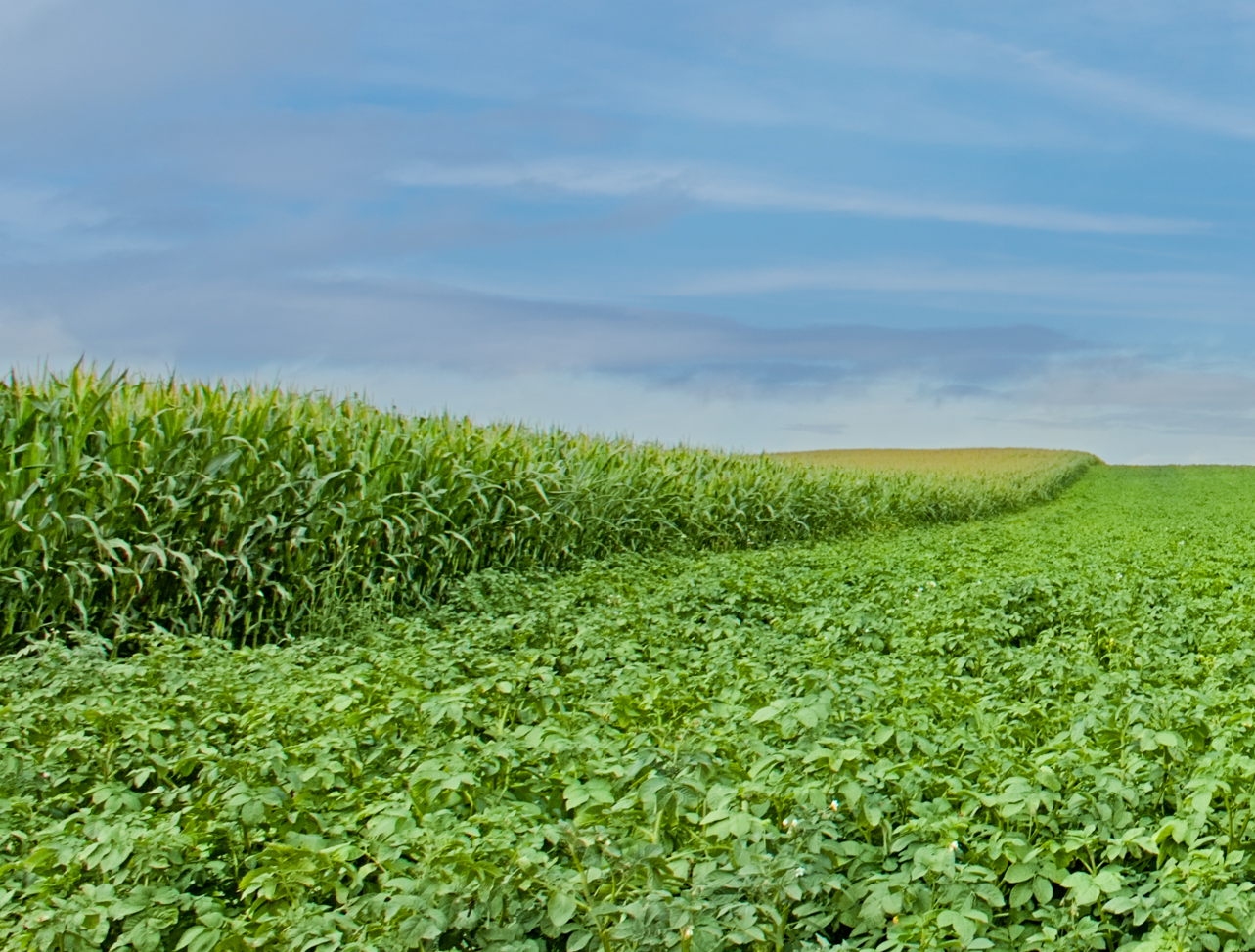
Increased crop rotation
- Can help prevent depletion of key nutrients needed for any single crop
- Downside to increased crop rotation is that markets may not exist for farmers to sell range of crops that provide best nutrient value
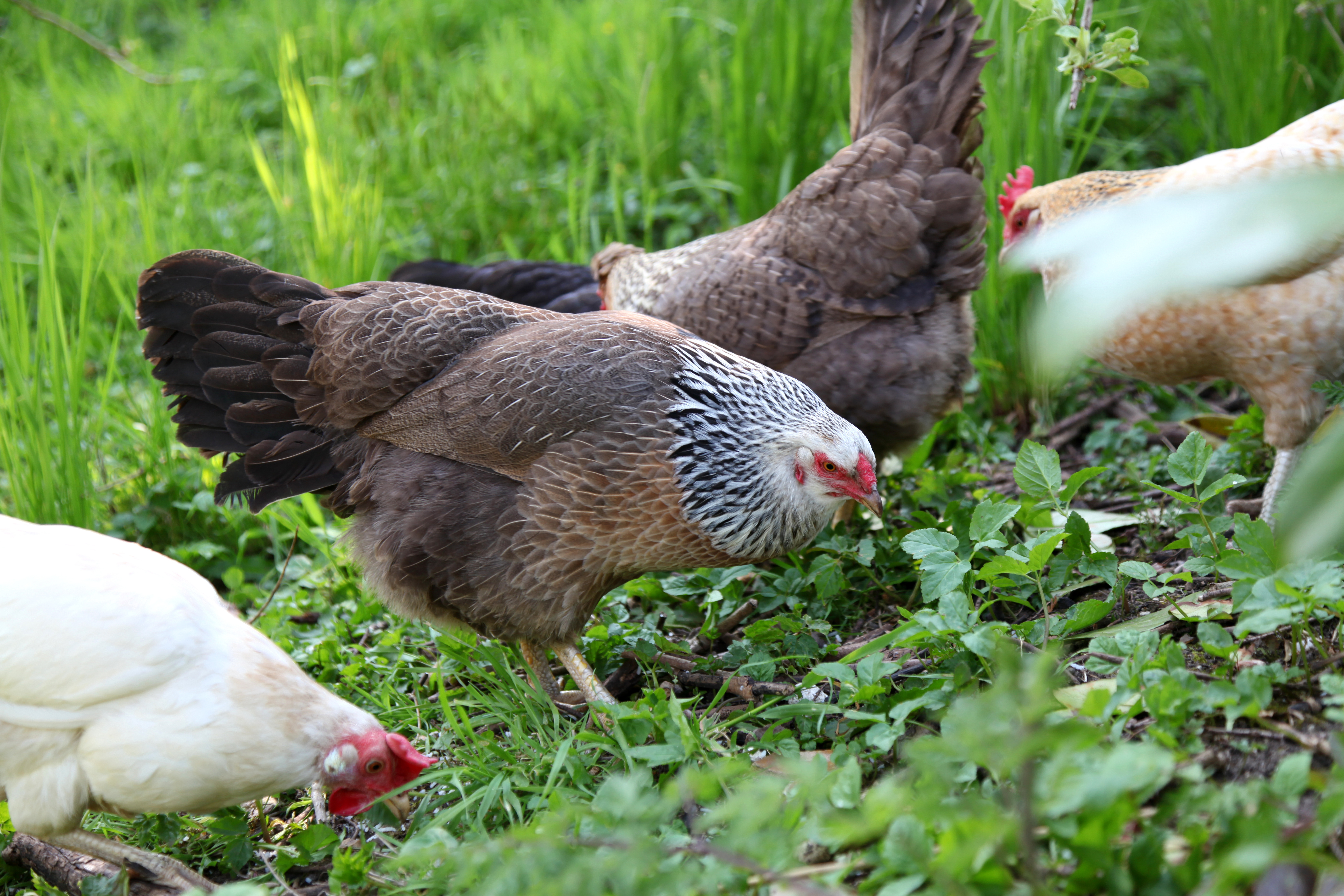
Incorporating animals
Animals play an important role in a regenerative agriculture system as they help to bring balance to the ecosystem.
- Example: chickens used on tea plantations eat bugs that feed on tea leaves; chicken manure helps fertilize the soil
- However, animals require an additional level of care and investment for growers
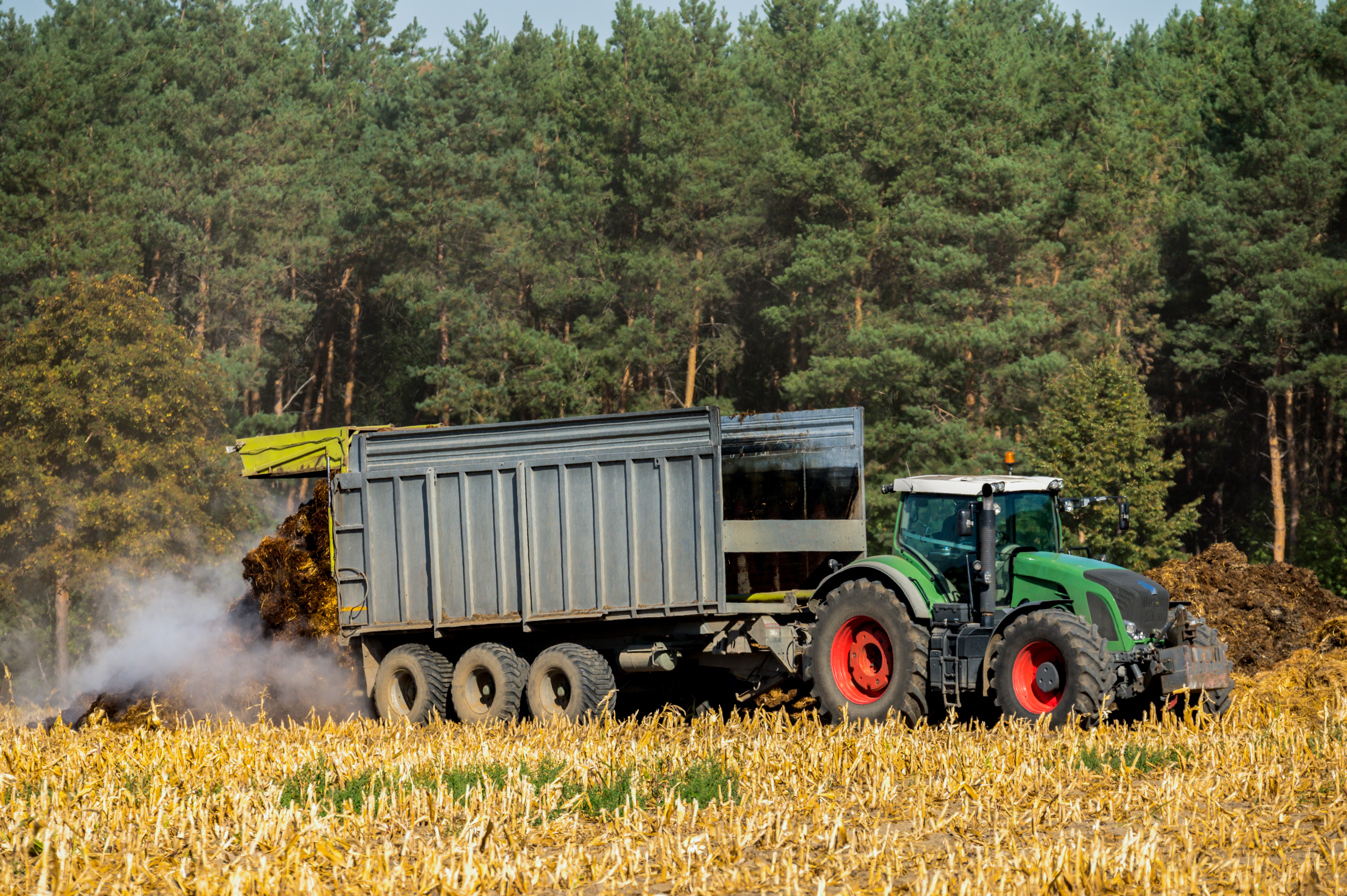
Increased manure use for fertilizer
Natural fertilizers feed the soil, not just the crop.
- Reduces use of chemical/artificial fertilizers
- Typically more cost-effective than chemical fertilizers
- Reduced likelihood of runoff contamination

Webinar: All About Regenerative Agriculture
Hear from Ingredion sustainability expert Andrew Utterback as he sits down with FoodNavigator to discuss the value that regenerative agriculture can provide to manufacturers and consumers alike. You’ll also learn:
- Common regenerative agriculture practices and the impact on farming and agriculture
- The standardization of regenerative agriculture programs
- The importance of certification and transparency
Drive consumer preference through climate-smart farming
As consumers around the world become more discerning about not only what’s in their food, but also by how it’s produced, manufacturers have an opportunity to drive preference through more planet-friendly regenerative agriculture practices that help build resilience into their supply chain. In fact, according to HowGood, the world’s largest product sustainability database, 80% of global consumers say they would have more trust in a brand that is involved in regenerative agriculture.1
4 in 5 consumers recognize that business and agriculture are leading contributors to carbon emissions2
82% of consumers say it is important that food and drink brands look to offset their carbon footprint2
67% of U.S. adults say large businesses and corporations are doing too little to reduce the effects of climate change3
The takeaway? Consumers increasingly prefer sourcing and production methods that target more positive environmental outcomes, favoring agricultural practices that:
- Reduce or eliminate negative environmental impacts
- Make them feel like they are doing their part for the environment
- Improve animal well-being
Bring regenerative ag solutions to scale with Ingredion
Regenerative farming methods form an interconnected system for reducing greenhouse gas emissions as agricultural partners along the entire supply chain work together to create systems for putting these principles into practice.
Ingredion has the relationships and insights to start building those systems. We work with growers and non-government organizations (NGOs) to adopt and advance innovative techniques that further reduce GHG emissions, particularly Scope 3 emissions that account for 87% of the food and beverage industry’s carbon footprint. and are indirect emissions occurring across the value chain, such as purchased goods and services like agricultural commodities.5
Our collaborative approach starts with a focus on your company’s sustainability initiatives and grows from there. Every regenerative agriculture project begins by closely considering your category and specific needs, and together, we develop a program for your supply chain that fits growers' current crops and capabilities while supporting resilience against climate change and extreme weather events. Our expertise in regional requirements and regulations helps ensure consistent quality of the ingredients and measurable impact on sustainability.
Take the next step in regenerative agriculture
Tell us about your priorities across the sustainability landscape. Ingredion experts will work with you to find innovative solutions that make a meaningful difference.
1 HowGood, 2024
2 FMCG Gurus, The Needs for Regenerative Farming, May 2023
3 Pew Research Center, U.S. Public Views on Climate and Energy, November 2019
4 UN Environment Programme, The Huge Potential of Agriculture to Slow Climate Change, December 2019
5 Decode 6, What Are Scope 1, 2, and 3 Emissions?, January 2023

